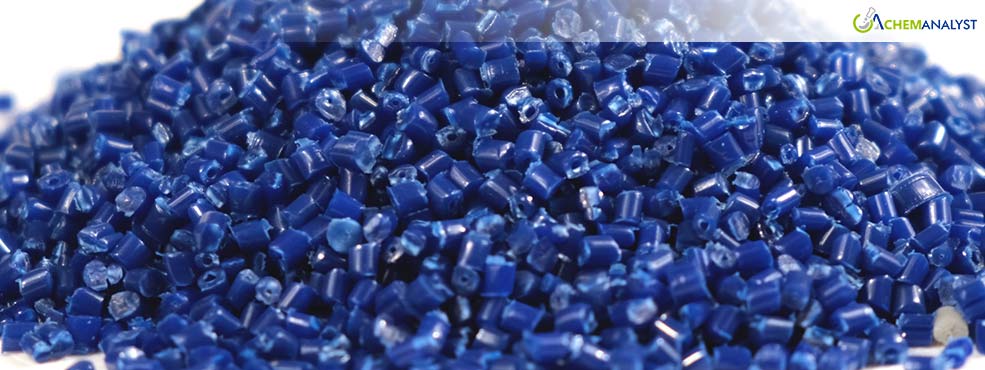In Early February, PET Prices Fluctuate Globally Amid Shifting Seasonal Trends
- 12-Feb-2025 5:45 PM
- Journalist: Royall Tyler
Early February 2025 witnessed mixed price trends in the global Polyethylene Terephthalate (PET) market, shaped by regional demand conditions, seasonal factors, and fluctuating feedstock costs. While PET prices in Europe trended upward, the Asian market experienced a decline, and the U.S. market remained relatively stable. These movements were largely driven by supply-demand balances, production costs, and weather-driven consumption patterns.
The European PET market experienced a price surge, supported by gradually increasing production costs and improving demand dynamics. As a result, PET prices in Germany rose by 1.74% by the week ending February 7.
PET consumption in Germany strengthened as downstream bottle and packaging industries resumed replenishment in late January. Additionally, rising temperatures, though still wintery, spurred higher demand from the bottled water and beverage industries. PET production costs also climbed, with gradual improvement in feedstock prices. However, during the period improvement remained marginal, as MEG prices rose by 0.7% and PTA prices increased by 0.6%. Despite this, supply conditions remained smooth across the European market, ensuring improved operation despite fluctuating input costs.
In the United States, PET prices remained steady, driven by stable supply-demand conditions and consistent feedstock costs. The PET bottle and food packaging industries continued to support demand, though harsh winter conditions in some regions softened bottle consumption in the short term.
The U.S. manufacturing sector showed slight expansion, particularly in chemicals and polymers, helping to sustain PET demand. Meanwhile, disruptions in the Gulf Coast led to lower raw material inventories, though MEG and PTA prices held steady, preventing major price swings. Imports from the Asian market contributed to this price stability, though tariffs on Chinese PET limited direct shipments. This led to a shift in trade flows toward other Asian suppliers while declining freight rates from APAC to the U.S. further eased supply chain costs.
In contrast to the European and U.S. markets, PET prices in Asia experienced a downtrend, primarily due to weak demand, sluggish manufacturing activity, and lower production costs.
As a result, PET bottle-grade prices in China fell by 1.24%, reflecting subdued domestic demand during the Lunar New Year holiday slowdown. Cold weather further limited beverage sector consumption, while overseas demand from Southeast and East Asia remained weak. Additionally, U.S.-imposed tariffs on Chinese PET restricted exports, further dampening market sentiment.
Feedstock MEG and PTA prices continued to decline, falling by 0.82% and 1.0%, respectively, adding downward pressure on PET values. Meanwhile, the Intra-Asia Container Freight Index dropped by 12%, significantly lowering shipping costs and amplifying the bearish trend. While polymerization rates began recovering after the holiday on February 4, production restarted slower than expected, keeping the February average below initial projections.



